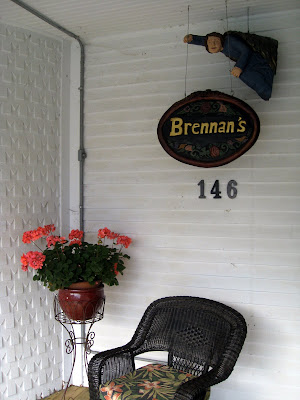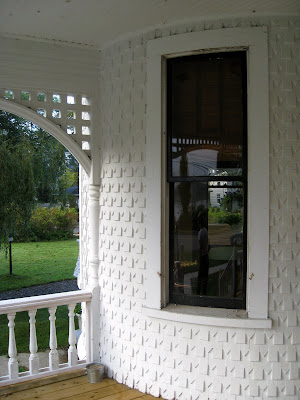This semester, for my Julia Caprara School of Textile Arts degree studies, I am investigating the Art Deco Movement. While on holiday touring the Maritimes I was on the look out for evidence of the movement wherever I went.
I was rewarded with examples, often in the most unlikely places.
While touring the Briggs and Little woollen yarn factory in New Brunswick, we spied what looked like a car under covers behind bales of fleece. One of the workers threw back the covers to show a 1930s car the owner of the factory had restored. It was a perfectly preserved example of an Art Deco object with its aerodynamic shape that only recently has been reused in car design for fuel efficiency.
Hood/bonnet ornaments were works of art.
The 3 or 4 straight lines, called Streamline, were a distinctive motif that suggested speed, new technology and acceptance of the benefits of the machine age.
I am now developing my thesis for a 2,000 word paper I have to write on a specific subject in the Art Deco Movement. I am doing lots of reading of library books and articles from web searches.










































